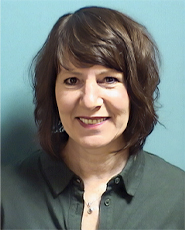Gap: State which gap from the RSS planning document will be addressed, or design an event-specific topical gap:
GAP 1:
Acute Care Medicine - Emergency medicine practitioners manage patients with a myriad of presenting complaints requiring knowledge of all aspects of general medicine, surgery and their associated sub-specialties, requiring extensive up-to-date knowledge. Unusual or uncommon presentations result in unrecognized conditions or delays in treatment.
GAP 2:
Case Review Low volume, high-risk and rare presentations, as well as time constraints placed on practitioners in the ED may create missed opportunities in diagnosis and management. Unusual or uncommon presentations result in unrecognized conditions or delays in treatment.
GAP 3:
Utilization of Resources - Expectations of admitting, consulting, and primary care physicians of definitive diagnosis at the time of disposition from the emergency department result in increased utilization of ancillary studies. Unusual or uncommon presentations result in unrecognized conditions or delays in treatment. Inconsistent approach or malpractice risk perception leads to increased healthcare costs through utilization and delays in throughput.
GAP 4:
Customer Service - Intense, fast pace emergency department encounters create inconsistent interactions between the ED provider and customer. Unmet expectations by the spectrum of customers to the ED results in decreased market share from patients, decreased confidence from consults and administration, and increases risk management potential in the event of a bad outcome.
GAP 5: Other



